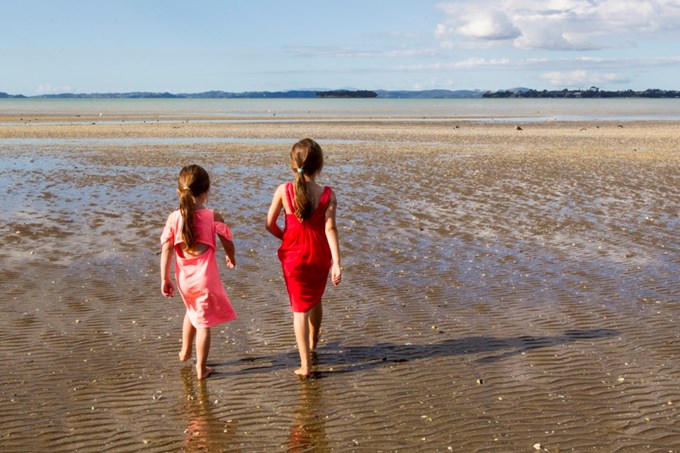Some of Howick’s most iconic beaches, including Big and Little Bucklands, Mellons and Cockle bays, and Howick and Eastern beaches, are benefiting from Auckland Council’s targeted water quality and natural environment rates.
Auckland Council has provided a breakdown of spending made possible by the introduction of the targeted rates.
It says protecting the natural environment and waterways is a priority and its 10-year budget ring-fences $311 million through the natural environment rate for projects tackling pests, weeds and diseases.
Another $452 million raised through a water quality rate will ensure cleaner beaches, streams and harbours.
Within Howick, targeted water rate funding is being used to investigate network issues and to identify ways to make swimming sites safer.
Outlet and stream sampling is underway at the popular spots to determine sources of faecal contaminants and narrow the focus for detailed investigations.
There is also a strong focus on stream restoration work, with a scoping study underway at Millhouse Reserve - Cascade Walkway as part of a project to restore the stream.
Urgent stream stabilisation work is taking place at Luplau Crescent, where targeted rate money could fund a reduction of stream sediment loads; and at the Cockle Bay outfall, where targeted rate funding has been approved to assess and improve existing outfalls causing erosion and contributing to poor water quality.
Cockle Bay is also impacted by outfalls at Mangere Inlet, Slippery and Whangapouri creeks, with those streams being addressed as a cluster.
Pest plant and animal control in and around parks has also increased and is expected to expand further.
Alongside kauri dieback initiatives, there are also projects at Murphy’s Bush Reserve, Pohutukawa Avenue Esplanade Reserve and Point View Reserve.
More support for community groups has also been possible, with Pest Free Howick, Ngai Tai ki Tāmaki and Pakuranga Rotary all receiving grants for their work in the environment.


